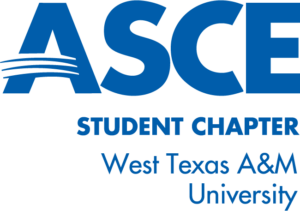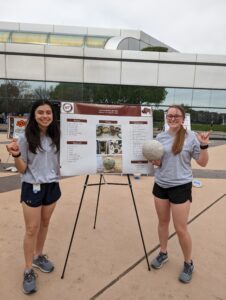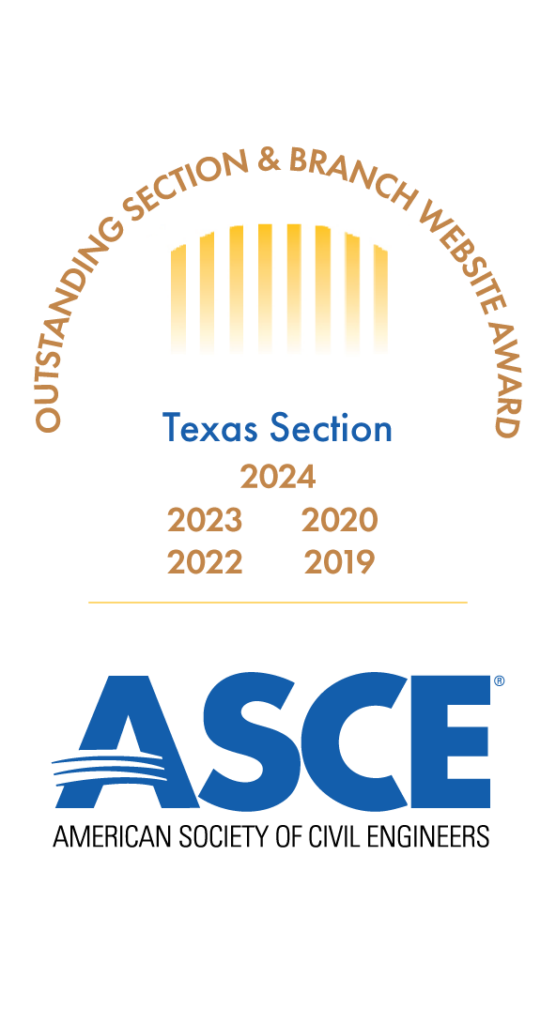West Texas A&M University Guiding our Future Civil Engineers

Senior at West Texas A&M University

November 2022
Civil engineering began at West Texas A&M University (WTAMU) in Fall 2010, which allowed the university to graduate its first class of civil engineers in the summer of 2013. The civil engineering program passed ABET accreditation the following fall, and the previous graduates obtained their degrees from an accredited university. Since then, over 100 students have graduated with a bachelor’s degree in civil engineering. Following these humble beginnings, the WTAMU ASCE student chapter started in Fall 2012 and was officially accepted by the National ASCE in Fall 2013. Today, the College of Engineering at WTAMU consists of Engineering, Mathematics, and Computer Science. These programs are made up of diverse students passionate about the STEM world.
What makes WT’s civil engineering program unique is how students can communicate closely with not only the professors but with my classmates
I felt welcomed within WTAMU’s civil engineering program before I began my college career as an engineering student. My father and I visited the College of Engineering while I was a senior in high school. On that first visit, we toured the facility with Dr. Kenneth Leitch PE, Associate Professor of Civil Engineering. I didn’t know this then, but Dr. Leitch frequently takes time out of his schedule to personally meet with potential students to give them a tour of the facility. Having the opportunity to meet with my future professor was one of the deciding factors when I chose where I wanted to begin my civil engineering studies. Dr. Letch was kind and helpful, discrediting the stereotype that college professors do not have time to get to know their students. I am now a senior civil engineering student and have taken several classes with Dr. Leitch. Since my first visit, I have developed a relationship with him and several other faculty members from the College of Engineering.

What makes WT’s civil engineering program unique is how students can communicate closely with not only the professors but with my classmates. Our civil engineering program is growing, but the smaller class sizes allow us to get to know the other students within our courses. We have also grown close among the different engineering programs. For example, the Steel Bridge team we competed with for the ASCE Student Symposium consisted of thirteen team members: six civil engineering students, six mechanical engineering students, and one electrical engineering student. Along with the steel bridge team, our student chapter made a quick decision to enter the concrete bowling ball competition. Taren Wells, a civil engineering student, Claire Tomba, a mechanical student, and I volunteered. Despite our time and budget constraints, we found that the diversity within the disciplines strengthened the team as we worked together to design and build the steel bridge and concrete bowling ball. I grew closer to students of different engineering majors than my own, which was an opportunity I would not have gotten if there wasn’t encouragement for any student from the College of Engineering to join our local student chapter. The Steel Bridge team represented not only our ASCE Student Chapter, our four accredited engineering programs, but our entire College of Engineering. Our participation in the Student Symposium reignited my passion for civil engineering, and I look forward to WTAMU hosting the ASCE Region 6 Student Symposium in 2023.



